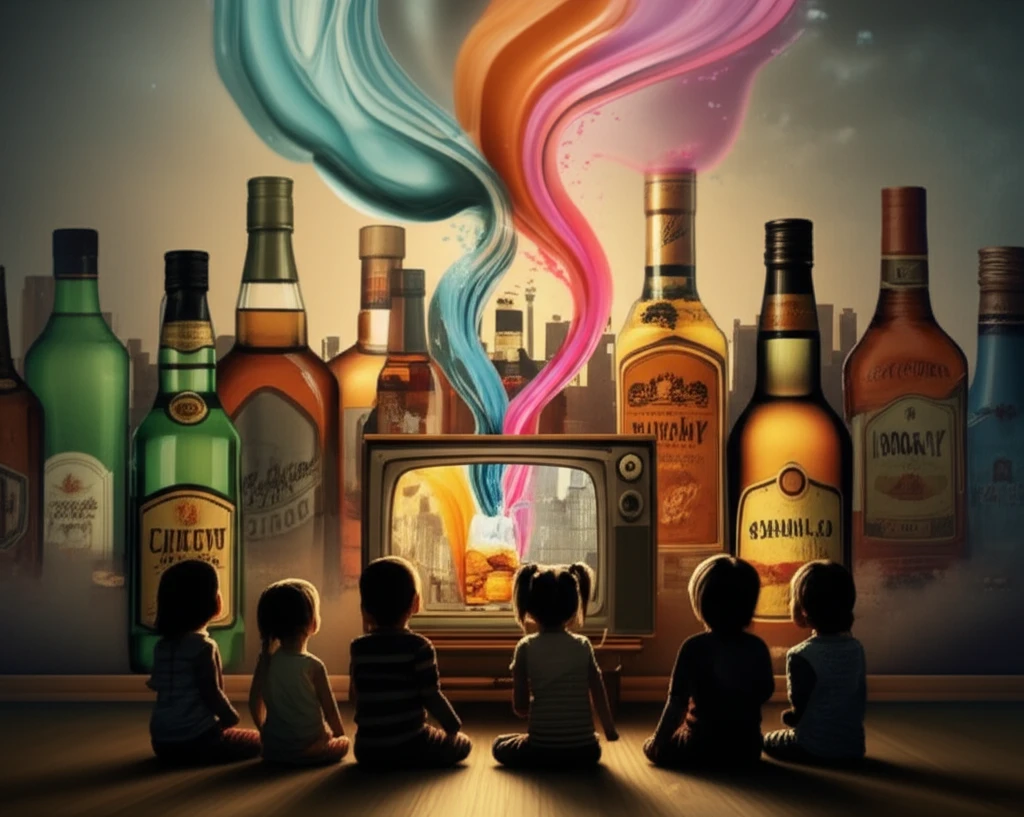
Is UK Television Promoting Underage Drinking? What You Need To Know
"New research reveals the alarming prevalence of alcohol imagery in UK television, raising concerns about its influence on young people."
The UK faces a significant public health challenge with alcohol consumption. Alarmingly, the rate of pure alcohol consumption among individuals over 15 is among the highest in Europe. This contributes to thousands of deaths annually and places a massive burden on the National Health Service (NHS).
Early alcohol initiation is a major risk factor for future dependence. Identifying and addressing avoidable influences on young people's drinking habits is crucial. Evidence strongly suggests that media exposure, particularly to alcohol advertising and imagery, plays a significant role in shaping these behaviors.
Given that a vast majority of British households have televisions and viewing times remain high, the potential impact of television content on alcohol consumption, particularly among young people, cannot be ignored. While broadcasting regulations aim to protect underage viewers, a new study sheds light on the continued presence of alcohol-related content during prime viewing hours.
Alcohol's Ubiquitous Presence on UK Television

A comprehensive content analysis of five major UK free-to-air channels during peak viewing hours (6-10 pm) reveals the pervasiveness of alcohol-related content. The study, conducted in 2015, examined programs and advertisement breaks, coding each minute for the presence of alcohol imagery across several categories:
- Actual Use: Characters consuming alcohol on screen.
- Implied Use: Suggestion of alcohol use without direct consumption.
- Other Alcohol Reference: Presence of alcohol-related items like bottles or glasses.
- Brand Appearance: Clear and recognizable alcohol brand logos.
Time for Change?
This research confirms that audio-visual alcohol content is common on UK television during peak viewing hours, including branding. This represents a steady source of exposure for young people and a potential driver of alcohol consumption. In light of these findings, it's crucial to consider whether current regulations adequately protect young viewers.
The current watershed policy, intended to shield children from inappropriate content, may not be sufficient given that much alcohol-related imagery is shown before 9 pm. Furthermore, the lack of restrictions on commercial alcohol advertising during these hours raises concerns about its potential influence on young viewers.
The findings calls for a reassessment of existing regulations surrounding alcohol advertising and depictions on UK television. Stricter scheduling rules, such as limiting alcohol content to post-watershed hours, could mitigate the impact on young people and foster a healthier relationship with alcohol.
